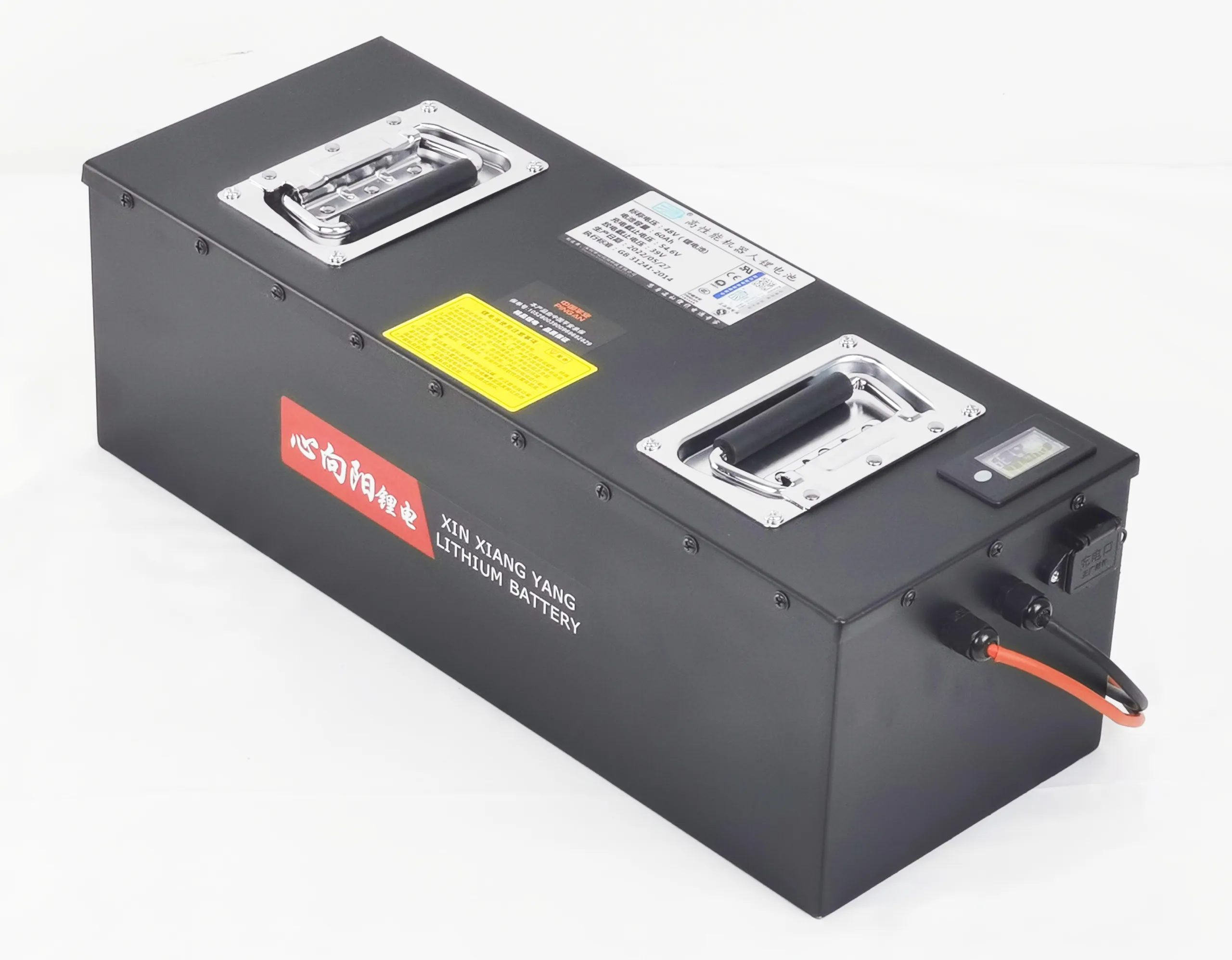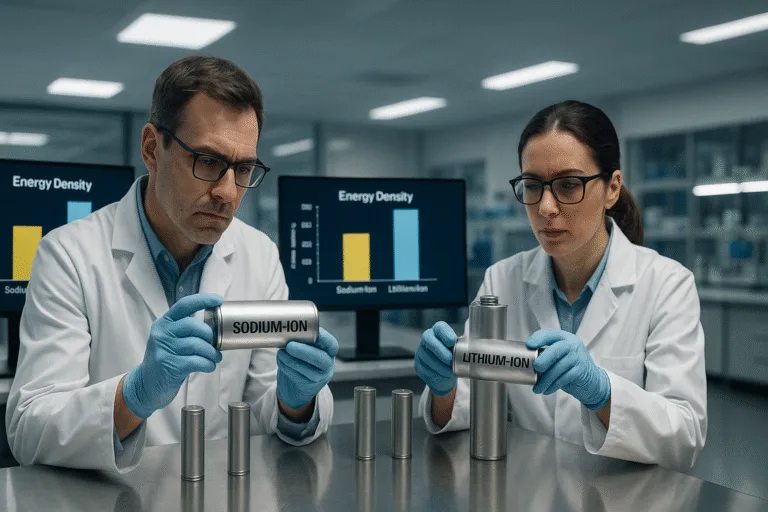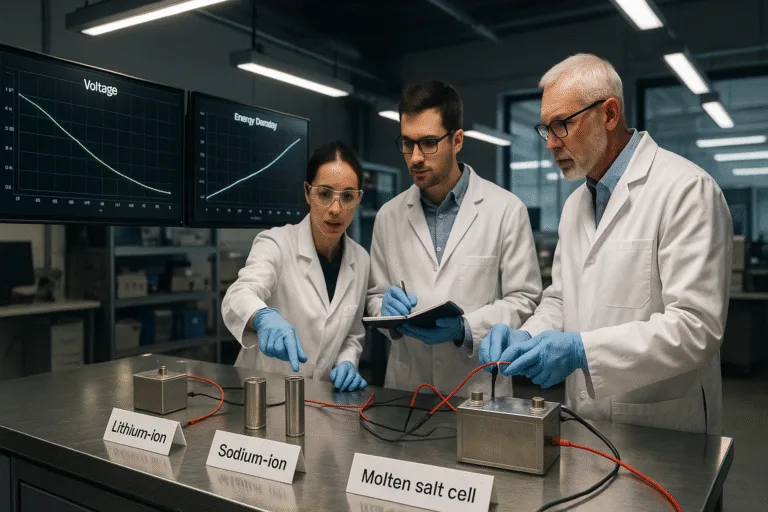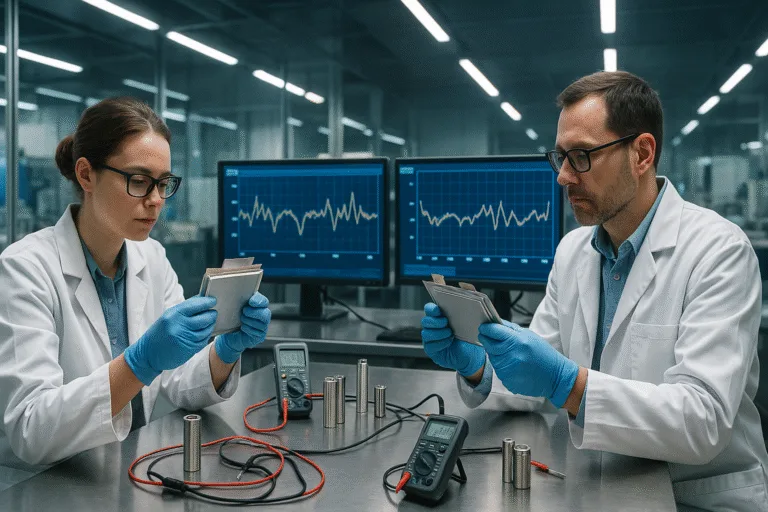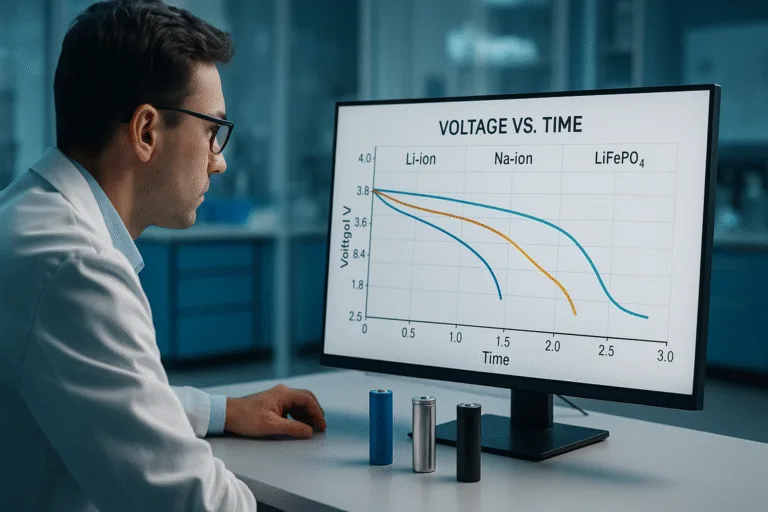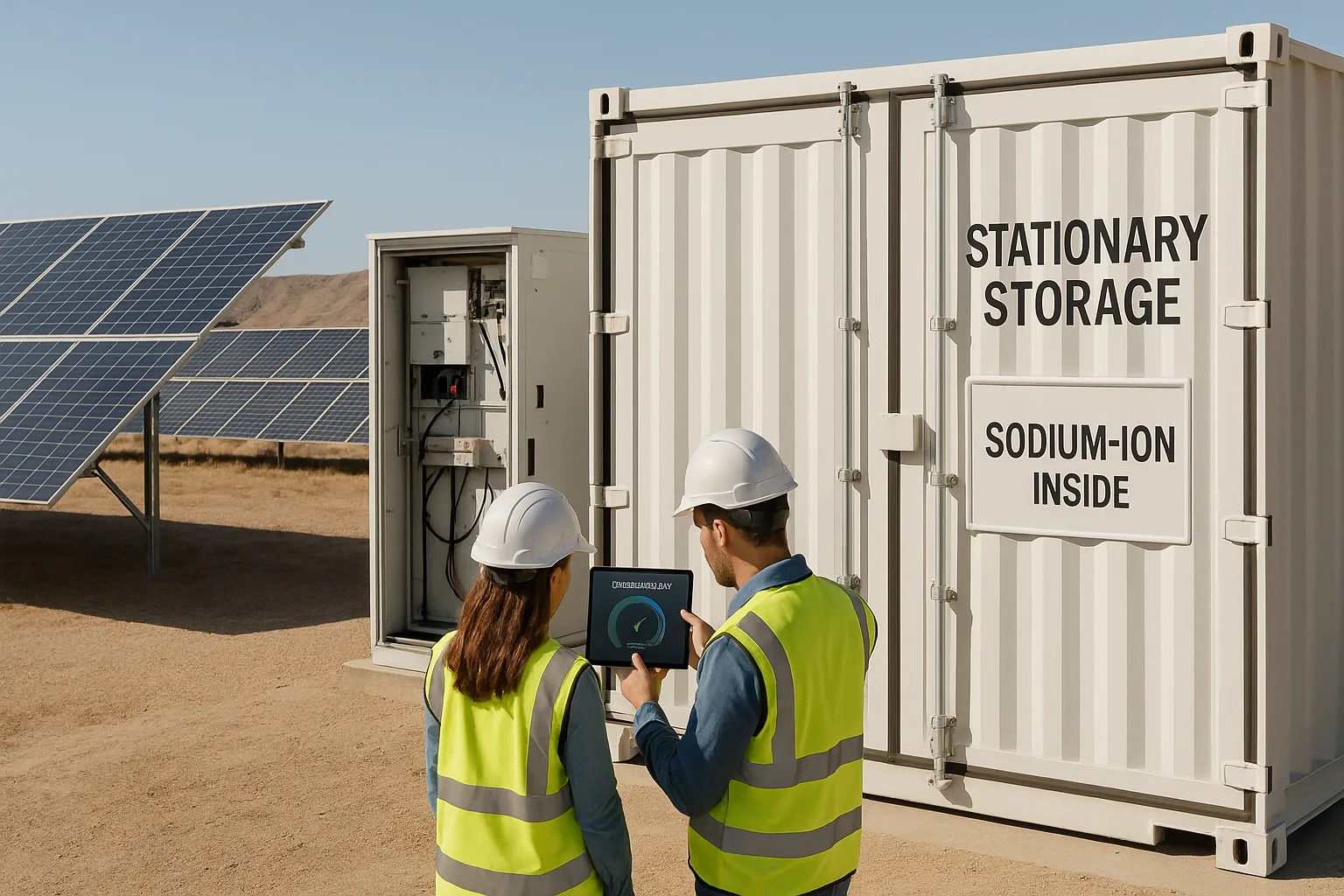
Considering sodium-ion batteries for your next project and wondering about their energy density? You’re not alone—energy density greatly influences battery applications and performance.
Sodium-ion batteries currently have an energy density ranging from about 100 to 160 Wh/kg, depending on specific chemistry and cell design.
As someone deeply involved in battery technologies, I’ve found energy density crucial for determining practical applications—let’s break it down further.
Are Sodium-Ion Batteries Efficient for EV Applications?
Thinking about using sodium-ion batteries in electric vehicles?
Sodium-ion batteries1 have moderate energy density2, which makes them less efficient for long-range EV applications compared to lithium-ion. However, they’re promising for entry-level EVs or short-range transportation where cost and safety matter more than range.
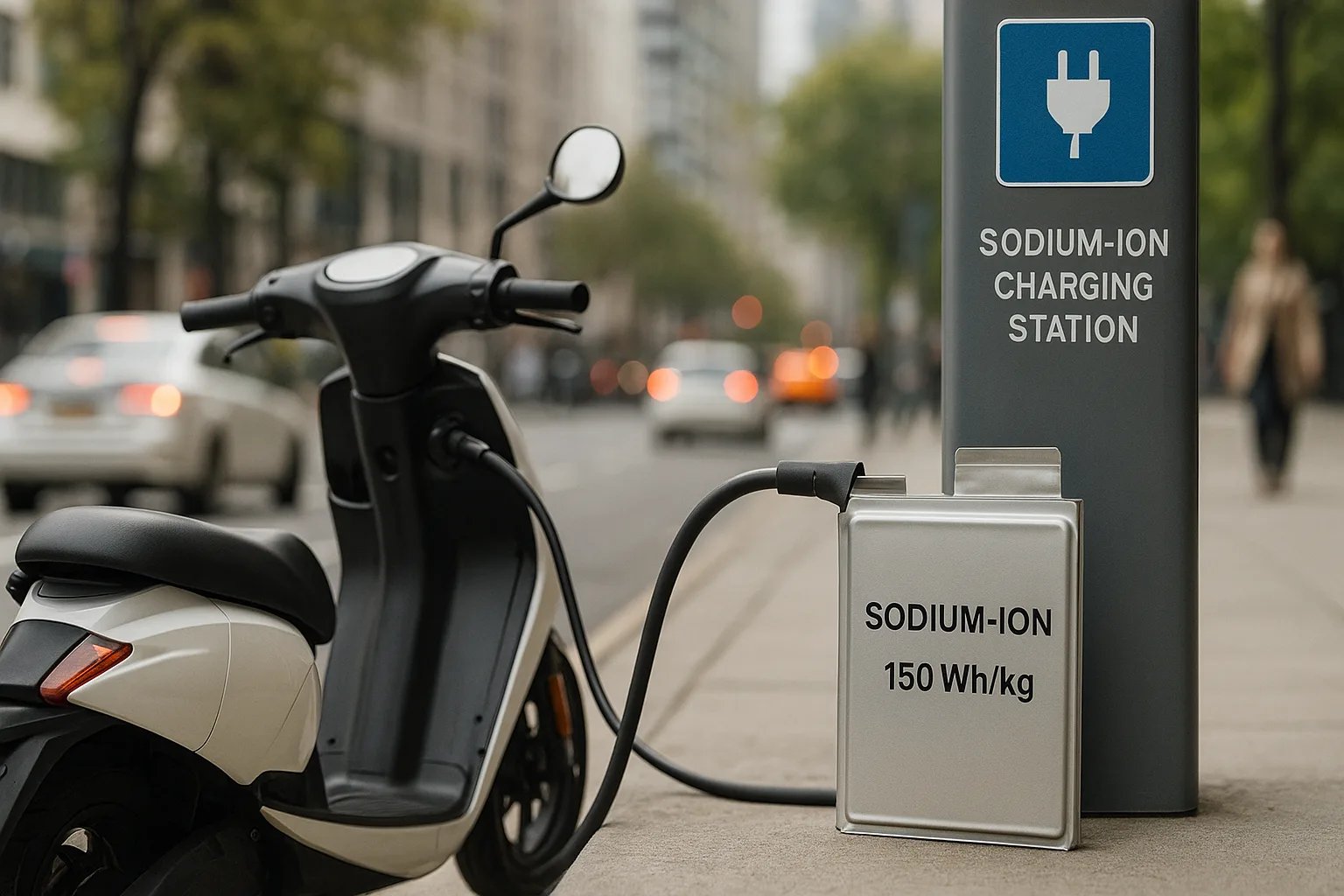
EV Application Suitability
The suitability of sodium-ion for EVs depends on range and cost requirements:
| EV Application Type | Sodium-Ion Suitability | Reason |
|---|---|---|
| Long-range passenger EVs | Less suitable | Lower energy density limits range |
| Short-range urban EVs | Suitable | Cost-effective, safer option |
| Electric buses & trucks | Potentially suitable | Space available for larger batteries |
Continued advancements could expand sodium-ion’s role in EV applications significantly.
What Type of Electrolyte Is Used in Sodium-Ion Batteries?
Wondering about the chemistry inside sodium-ion batteries?
Sodium-ion batteries typically use liquid organic electrolytes3 containing sodium salts, such as sodium hexafluorophosphate4 (NaPF₆), dissolved in organic solvents like ethylene carbonate (EC) and diethyl carbonate (DEC).
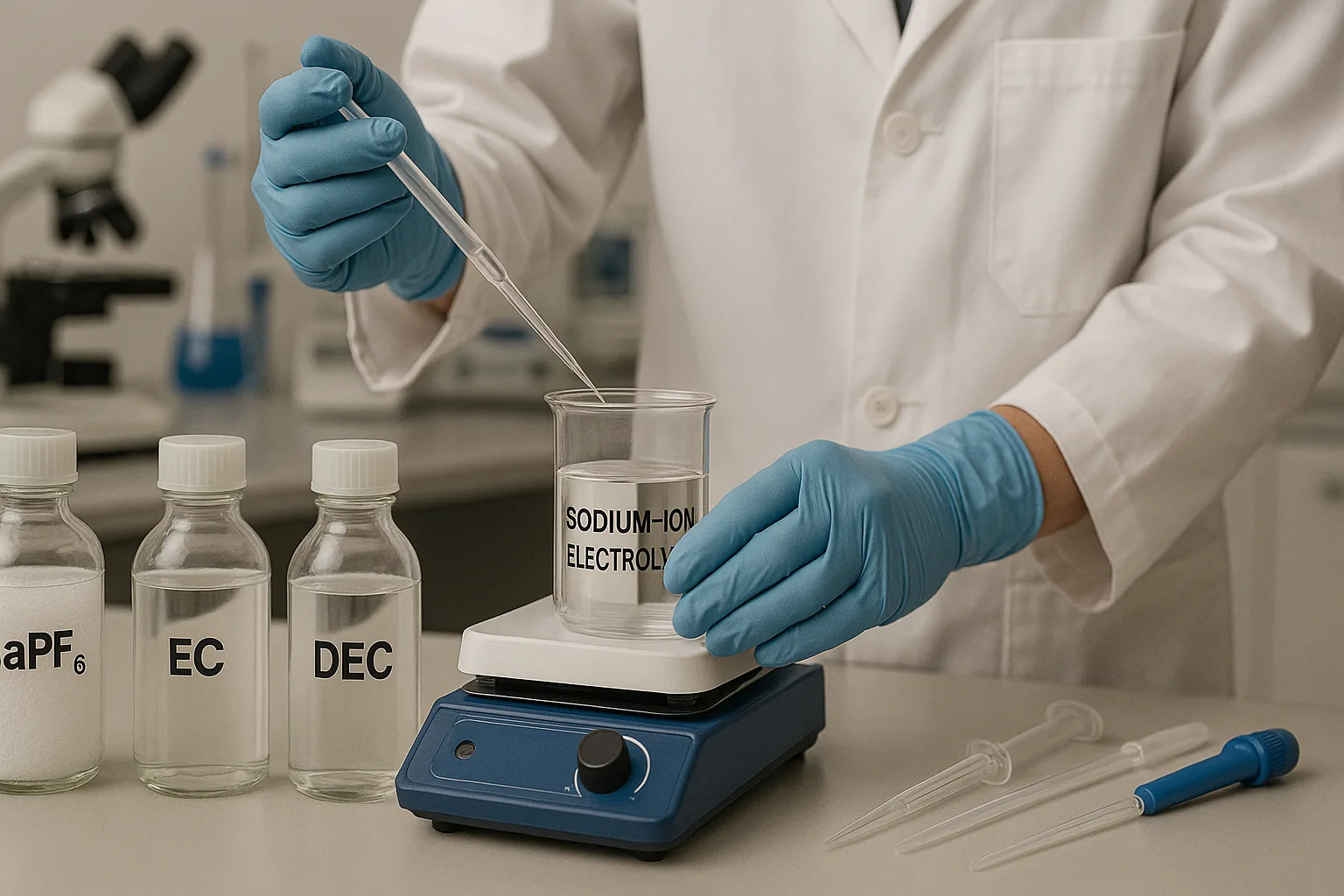
Electrolyte Composition
Here’s a quick look at typical sodium-ion electrolytes:
- Common Salts: NaPF₆, NaClO₄, NaFSI.
- Organic Solvents: EC, DEC, dimethyl carbonate (DMC).
- Advanced Electrolytes: Solid-state or gel electrolytes under development to enhance safety and performance.
| Electrolyte Component | Role |
|---|---|
| Sodium salts | Conduct sodium ions between electrodes |
| Organic solvents | Dissolve salts, enhance ion mobility |
These electrolytes offer stable performance, with ongoing research aimed at enhancing safety and stability.
How Does Sodium-Ion Energy Density Compare to Lithium-Ion Batteries?
Comparing sodium-ion directly with lithium-ion? Here’s what you should know about their energy densities.
Sodium-ion batteries have lower energy density (100–160 Wh/kg) compared to typical lithium-ion batteries (150–250 Wh/kg). This means sodium-ion batteries store less energy in the same volume or weight.
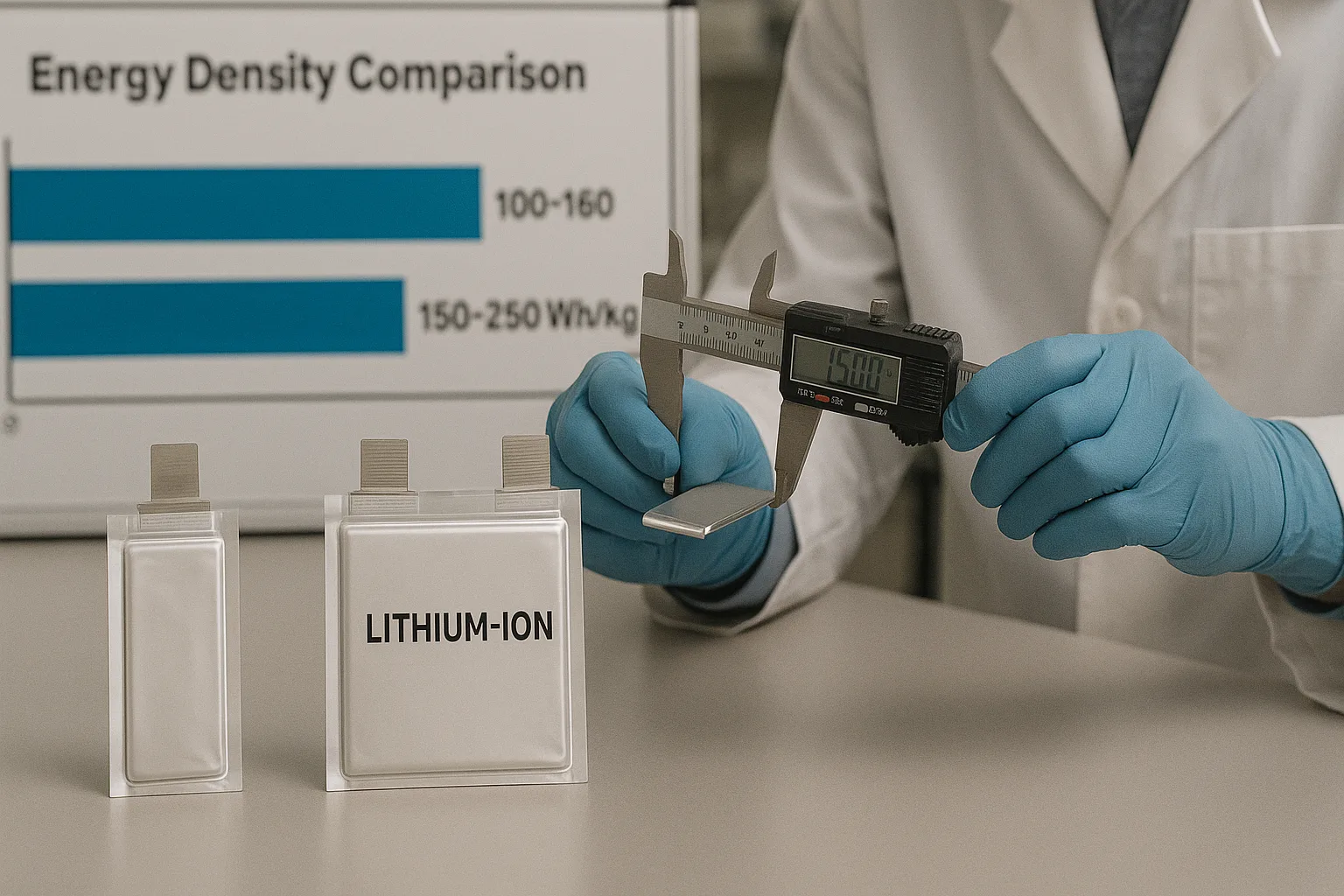
Direct Comparison Table
Here’s a clear comparison of energy densities:
| Battery Chemistry | Energy Density (Wh/kg) | Practical Implication |
|---|---|---|
| Sodium-ion | 100–160 | Heavier, larger batteries |
| Lithium-ion (NMC/NCA) | 150–250 | Compact, lightweight |
| Lithium Iron Phosphate (LFP) | 140–170 | Moderate weight, safe |
This lower energy density restricts sodium-ion applications primarily to stationary storage or short-range transport.
Can Sodium-Ion Batteries Be Used in Stationary Energy Storage Systems?
Considering sodium-ion batteries for stationary energy storage5?
Yes, sodium-ion batteries are highly suitable for stationary energy storage systems. Their safety, cost-effective6ness, longer lifespan, and sustainability make them ideal for renewable energy storage and grid-scale applications.

Stationary Storage Advantages
Sodium-ion batteries excel in stationary applications for these key reasons:
- Safety: Significantly reduced fire and explosion risks.
- Cost-Effective: Lower material costs make large-scale storage economically viable.
- Environmental Sustainability: Non-toxic materials simplify recycling and disposal.
| Stationary Application | Sodium-Ion Advantage |
|---|---|
| Renewable Energy Storage | Cost-effective, safe, sustainable |
| Grid-Scale Applications | Scalable, stable, long cycle life |
| Backup Power | Reliable, safe, long-lasting |
Stationary energy storage currently represents the strongest and most immediate use case for sodium-ion technology.
Conclusion
Sodium-ion batteries, with moderate energy density, are especially promising for stationary energy storage and short-range transportation. Continued advancements will likely expand their application possibilities significantly in the coming years.
-
Explore the benefits of sodium-ion batteries in EVs, including cost-effectiveness and safety. ↩
-
Understanding energy density is crucial for evaluating battery efficiency and suitability for various applications. ↩
-
Learn about the chemistry behind sodium-ion batteries and how electrolytes impact performance. ↩
-
Find out why this compound is essential for sodium-ion battery performance and safety. ↩
-
Explore the advantages of sodium-ion batteries for renewable energy storage and grid applications. ↩
-
Understand the economic benefits of sodium-ion technology for large-scale energy solutions. ↩

